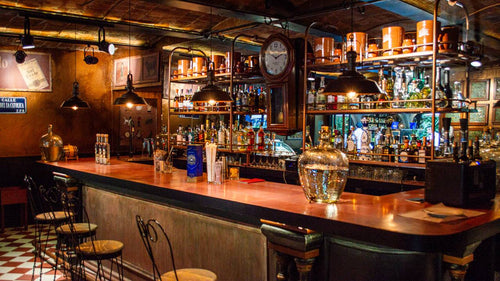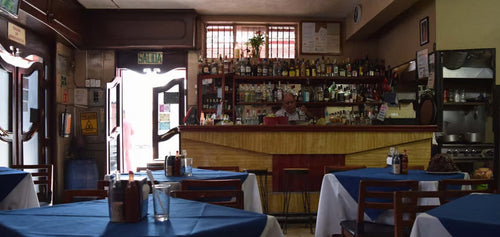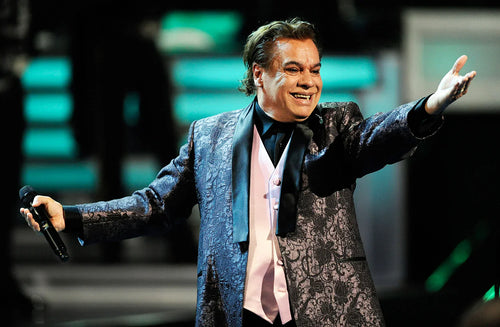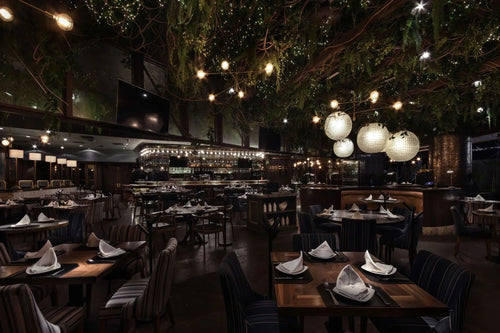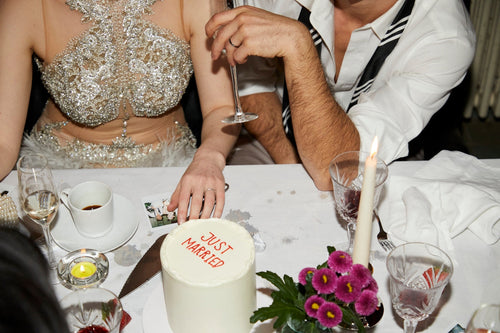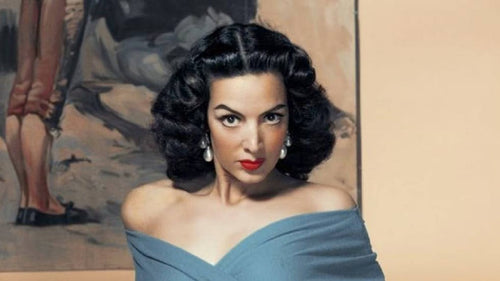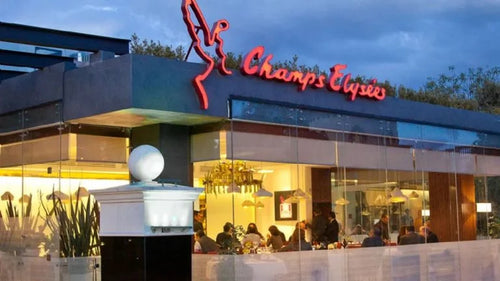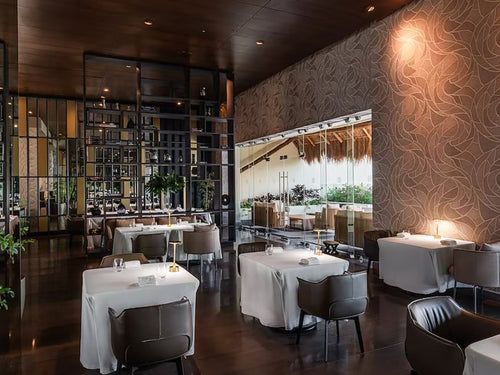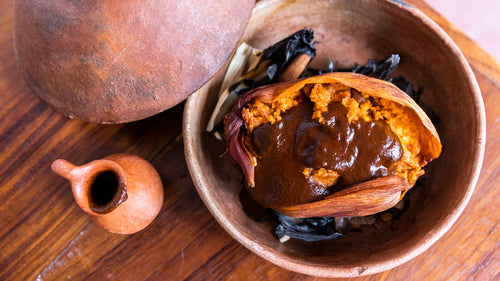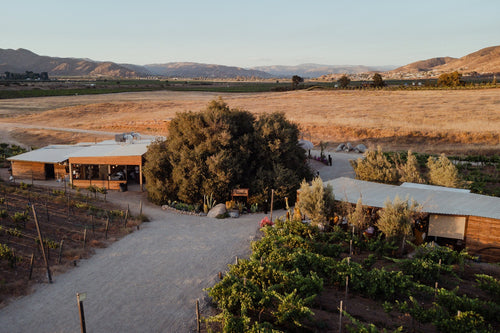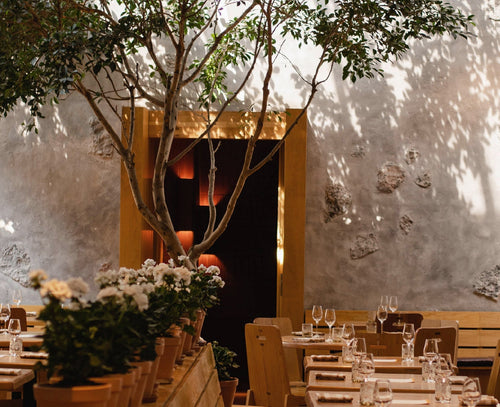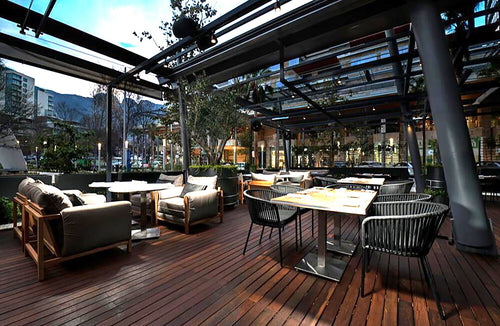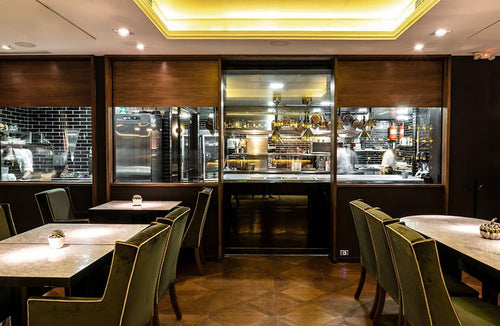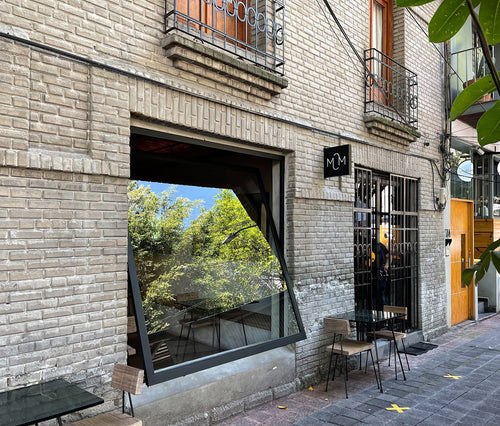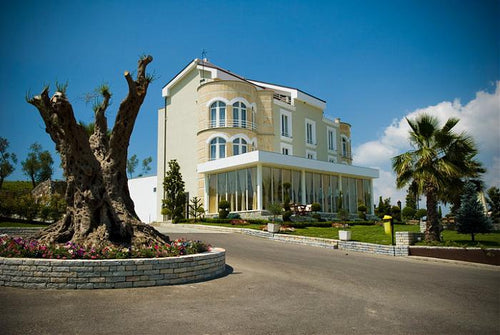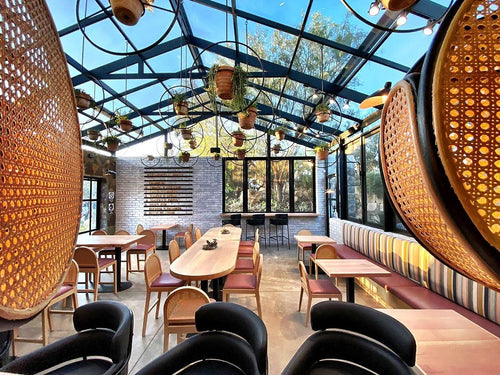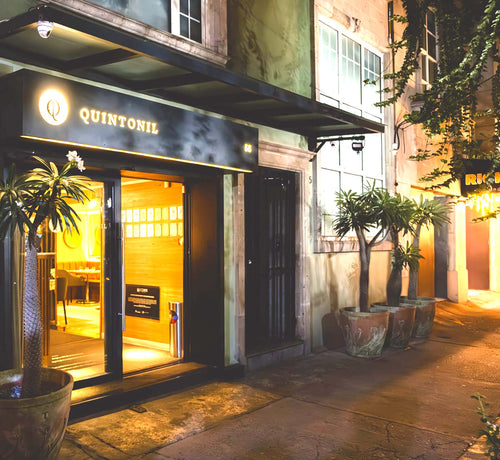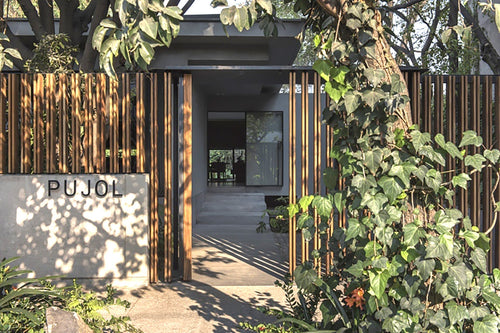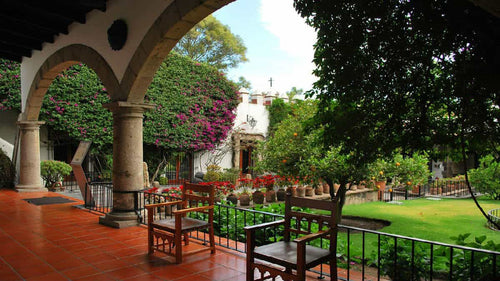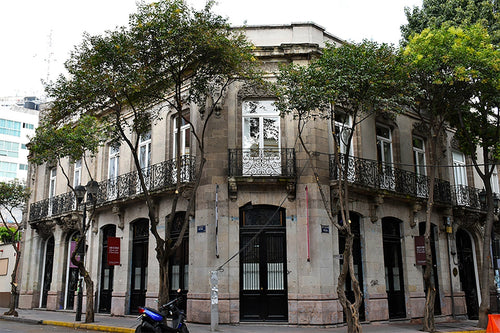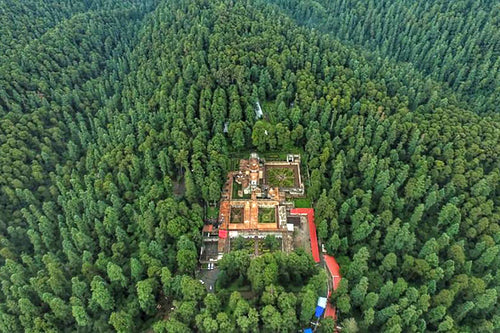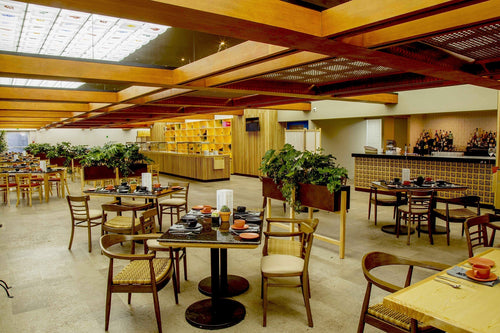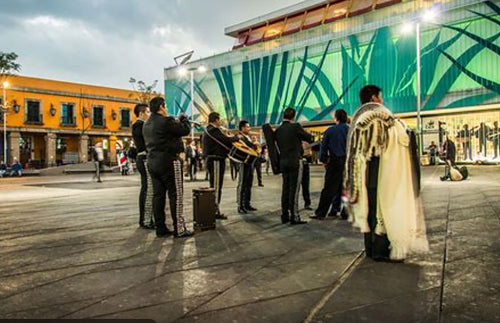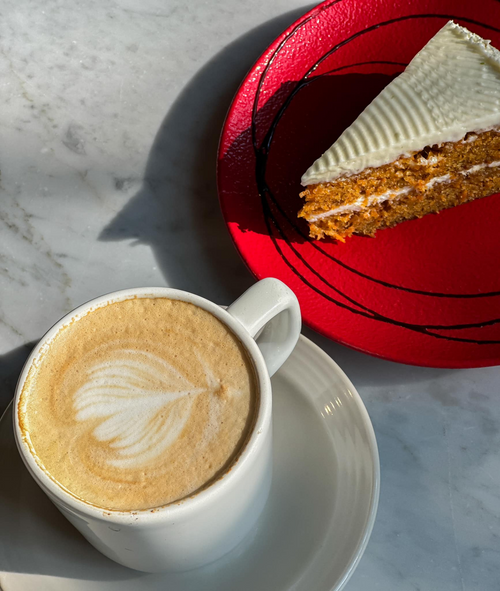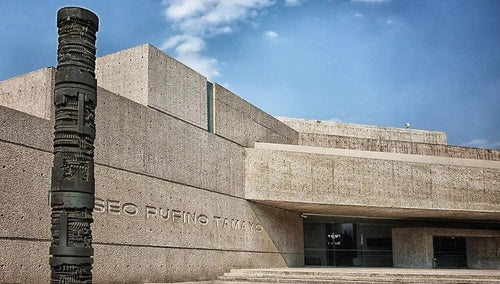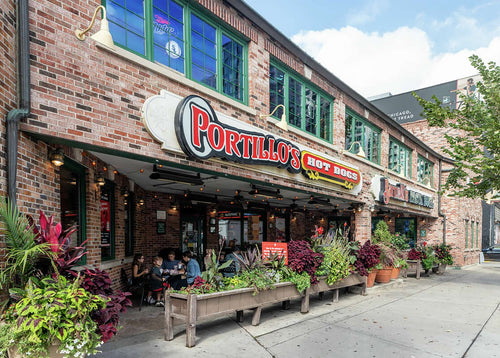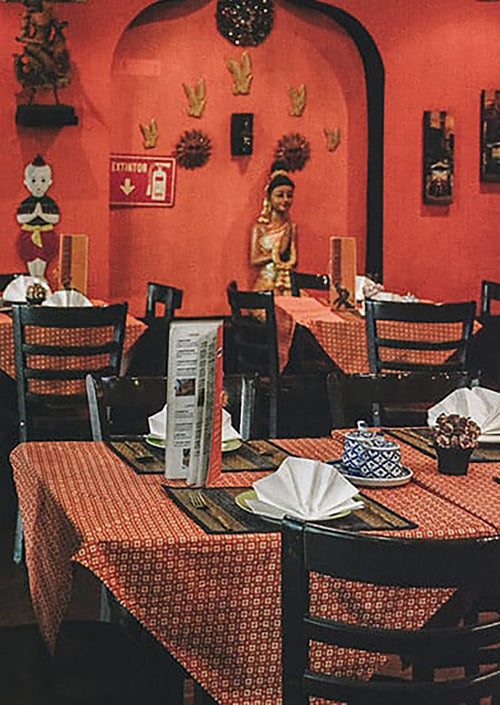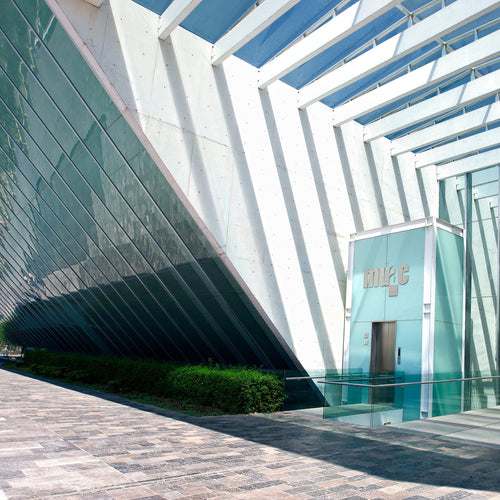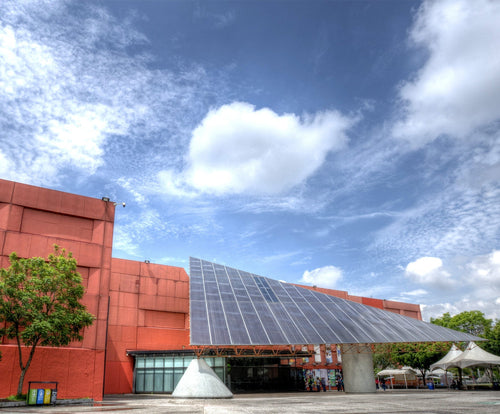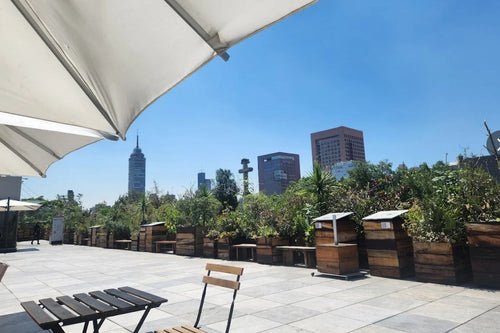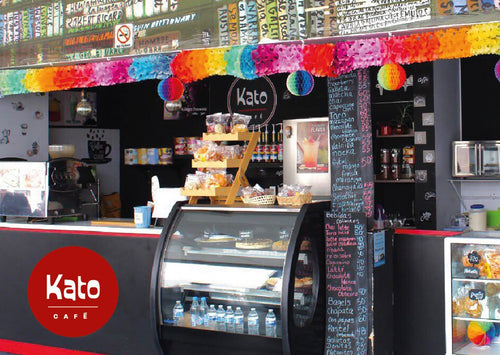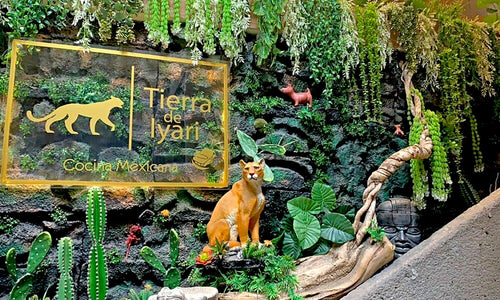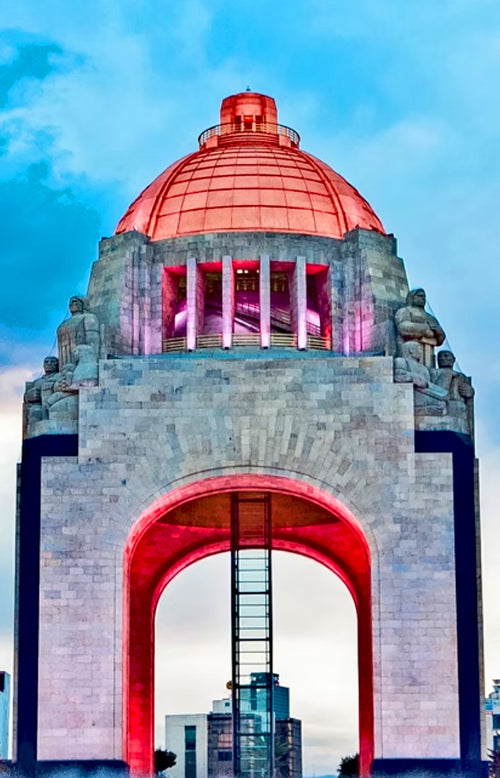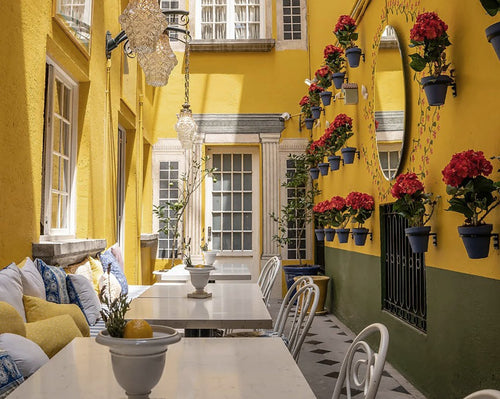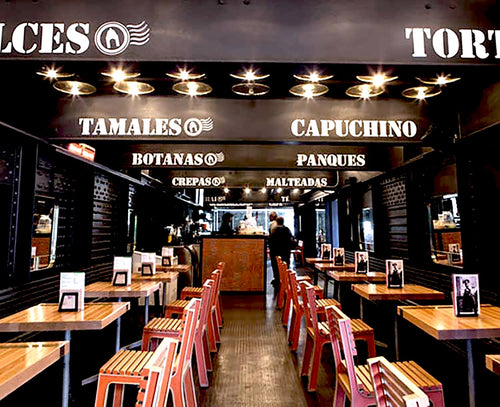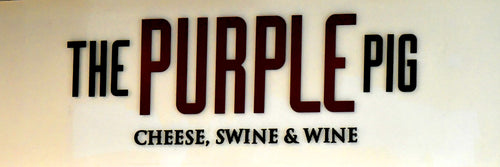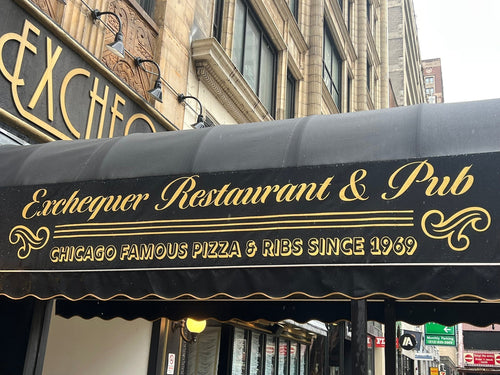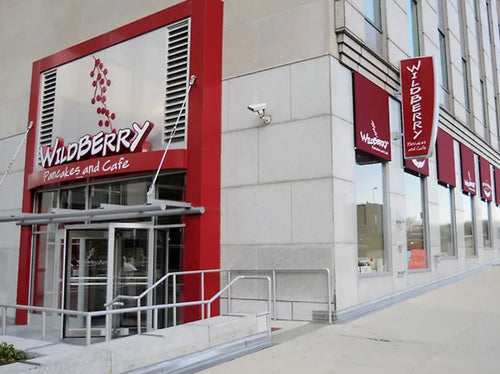Bygone places / El Patio, Where José José Used to Sing
Imagine, for a moment, that you arrive at a place, are assigned a table, and notice that to your right, Diego Rivera is sitting with Frida Kahlo.

By: Jajo Crespo / Photos from Centro Nocturno "El Patio" (on Facebook)
You can't believe it. You turn to the left and see María Félix with Agustín Lara. It's one of the best nights of your life, but Walt Disney doesn't let you see José José's show.

We don't know if all these personalities ever coincided on the same night, but what is definitely true is that they all knew about the cabaret El Patio. It was inaugurated on October 12, 1938, located on Atenas street in Colonia Juárez. It was a highly exclusive place; the entrance fee was 300 pesos, a price that few could afford at the time. The cover charge included dinner, two drinks, and of course, a seat to enjoy the show.

On the stage of El Patio, there were performances by José José —who had long periods of shows—, Juan Gabriel, Lola Beltrán, Los Panchos, Tin-tan, among others; and international artists such as Edith Piaf or Judy Garland also performed there. But it wasn't just the artists and patrons who drew attention; the aesthetics of the place were an opulent delight: Solomon columns supported the roofs of the interior balconies (yes, interior and with roofs, to make it clear that money was there), formed by semicircular arches.
Entering El Patio wasn't simple; besides the prohibitive cost, the place had a dress code: strict etiquette. So, for most people, the dream from the outset would have been just imagination because even if we were born in the right era and saved up for the entrance, we would still have to add the cost of a visit to the tailor.

This exclusivity meant that figures like Cantinflas, Orson Welles, Pedro Vargas, Gary Cooper, Mauricio Garcés, and many others graced its tables. And this exclusivity, along with its fame and recognition, led El Patio to host the first Ariel Awards ceremony in 1947.
In the end, like many places that didn't adapt to changes, modernity broke El Patio. Neither exclusivity, etiquette, nor friendships could compete with the massive concerts that began to take place at the Auditorio Nacional and the Palacio de los Deportes. It gradually became unprofitable: not for the artists (who earned more filling a massive venue), nor for the owners who slowly saw their glory days slip away.

The building that housed El Patio collapsed on June 3, 2024. Fortunately, there were no casualties, except for the physical memory, the tangible monument. In the end, El Patio had been closed since 1994, with José José giving the final performance. It left a trail of memories and countless possible scenarios in our thoughts. Can you imagine Walt Disney and Frida Kahlo discussing art?

